All The Different Types Of Snow Explained
There aren't really 100 words for snow, but there are quite a few! Check out this list—did we forget any?
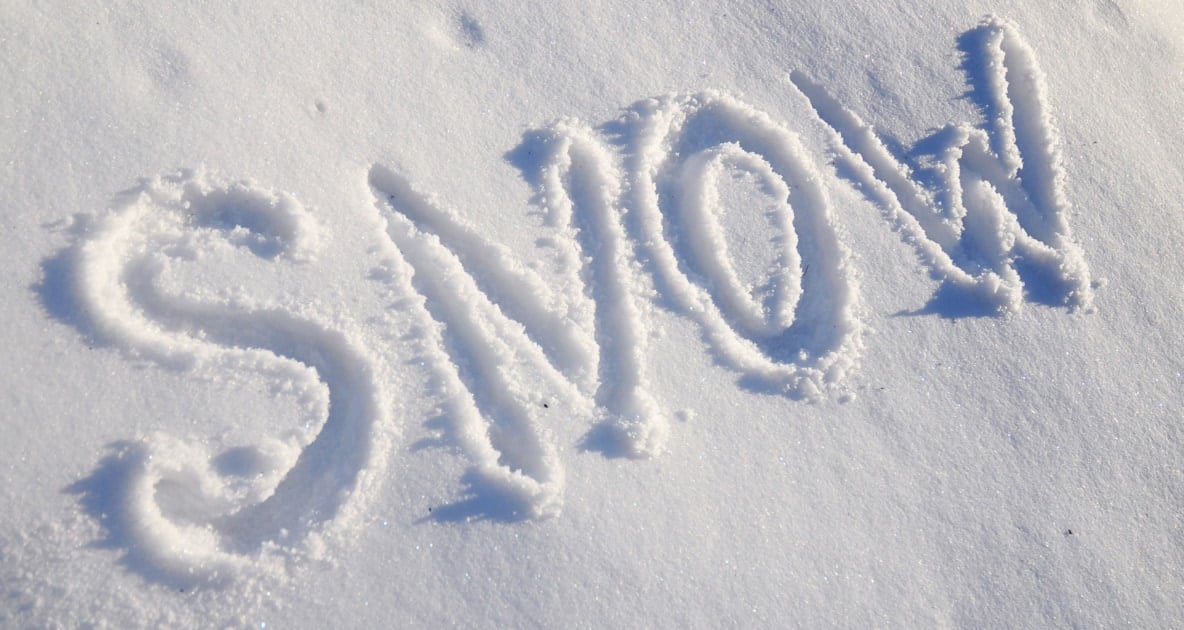
Legend has it that Inuit have more than 100 words for snow. While the actual number is difficult to determine, linguists think the number is probably closer to 50. That may still sound like a lot until you realize that English has nearly as many. Ever wonder about the different types of snow and what they are called? We have the answers.
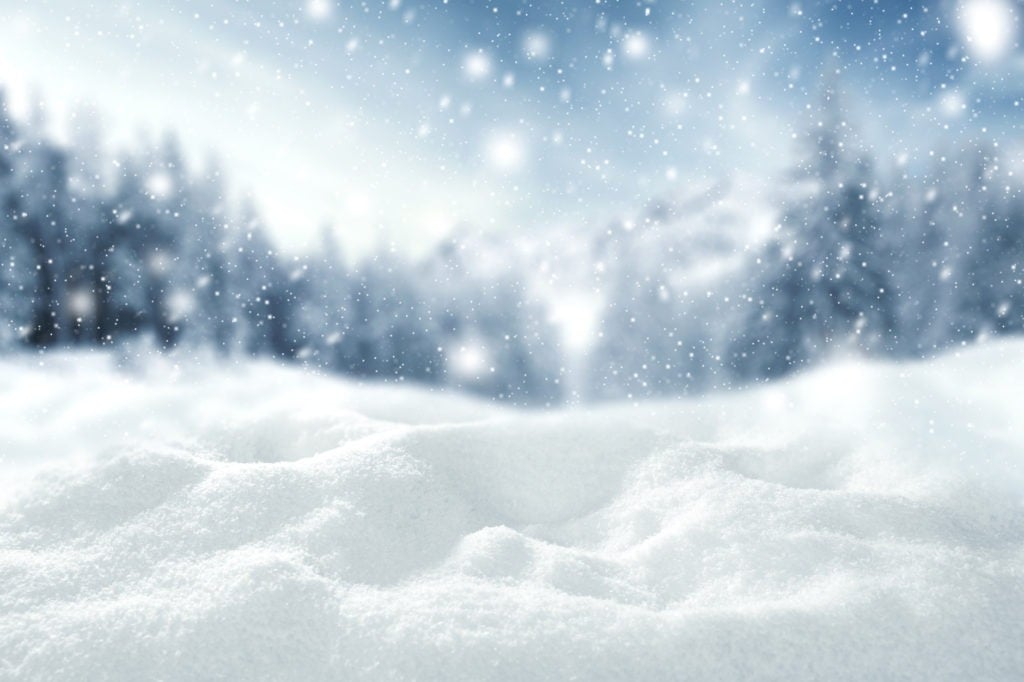
Here’s a look at just a few of the terms used in our language to refer to different types of snow, from basic snowflake shapes to complicated formations made by the wind:
- Barchan: A horseshoe-shaped snowdrift.
- Blizzard: A violent winter storm that combines subfreezing temperatures, strong winds, and snowfall. To officially qualify as a blizzard, a storm must reduce visibility to less than a quarter of a mile and last for at least three hours.
- Corn snow: Coarse, granular wet snow formed by cycles of melting and refreezing.
- Cornice: An overhanging accumulation of ice and wind-blown snow, such as might be found on a cliff face.
- Column: A type of snowflake that is shaped like a six-sided column.
- Crust: A hard, frozen layer of snow over top of a softer, less-supportive layer.
- Dendrite: A type of snowflake that has six points. This is the archetypal “snowflake” shape.
- Finger drift: A narrow snowdrift across a roadway. So named because several of them together resemble the fingers on a hand.
- Firn: Snow that is more than a year old, but that has not yet consolidated into ice.
- Flurry: A brief snowfall that produces little to no accumulation.
- Graupel: Also called snow pellets, graupel refers to round, opaque snowflakes that almost look like polystyrene pellets. They form when regular snowflakes fall through ice-cold liquid clouds. Droplets from the clouds freeze onto the crystals, forming a solid mass. Graupel is similar to hail, but is smaller and less dense.
- Ground blizzard: A windstorm that is not accompanied by snowfall, but which reduces visibility by lifting existing snow from the ground.
- Hoarfrost: Frost that resembles spiky hairs. This type of frost gets its name from the word “hoar,” which means “ancient,” because it resembles an old man’s bushy, white beard. It happens when water vapor freezes instantly after coming into contact with a very cold surface. It occurs because the moisture in the air goes directly from vapor to solid, skipping the liquid phase. It tends to form on small surfaces, such as wires, tree branches, plant stems, and leaf edges, and sometimes over existing snowfall. Learn more about types of frost!
- Hominy snow: a term used primarily in the South Midland region, refers to an icy, granular snow that looks like hominy.
- Lake-effect snow: Snow produced when icy winds move across a large body of warmer lake water. Common in the Great Lakes region of the U.S. and Canada.
- Needle: A type of snowflake that is much longer than it is wide.
- New snow: Recent snowfall in which individual ice crystals can still be seen.
- Old snow: Snowpack in which individual snow crystals can no longer be recognized.
- Penitents: Tall, thin, spikes of hardened snow. They can range from a few inches to several feet in height.
- Perennial snow: Snow that remains on the ground for more than a year.
- Pillow drift: A wide, deep snowdrift across a roadway.
- Polycrystal: A formation made up of several snowflakes that fuse into one massive flake.
- Powder: New snow composed of loose, fresh crystals.
- Rimed snow: Snowflakes coated in tiny frozen water droplets called rime.
- Ripples: Marks on the surface of snow, similar to the ripples in sand, caused by wind.
- Roller: A naturally occurring cylinder of snow formed by the wind.
- Sastrugi: Irregular grooves and ridges in snow caused by the wind.
- Seasonal snow: The amount of snow that accumulates during one season.
- Sleet: Rain mixed with snow.
- Slush: Partially melted snow on the ground.
- Snirt: Snow mixed with dirt.
- Snow bridge: An arch formed by snow and wind.
- Snowdrift: Snow on the ground that has been blown by the wind to a height greater than the actual amount of snow that has fallen.
- Snow squall: A brief, intense snow shower that does not qualify as a blizzard due to its short duration.
- Snowburst: An intense snow shower that produces a lot of accumulation in a short period of time.
- Snowflake: A cluster of ice crystals that falls from a cloud.
- Snowpack: Also called snow cover, this term refers to the total amount of all snow and ice on the ground, including both recent snowfall and previous snow and ice that have not melted.
- Snowstorm: Any weather event that features large amounts of snowfall.
- Sun cups: Shallow, bowl-shaped hollows formed by irregular patches of intense sunlight.
- Whiteout – a blizzard or squall that reduces visibility to near zero. Here’s how to stay safe.
Are there any types of snow we left out? Tell us in the comments below!

Jaime McLeod
Jaime McLeod is a longtime journalist who has written for a wide variety of newspapers, magazines, and websites, including MTV.com. She enjoys the outdoors, growing and eating organic food, and is interested in all aspects of natural wellness.




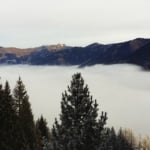
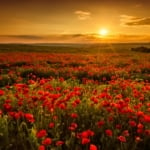
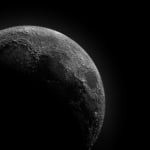
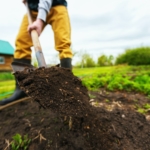
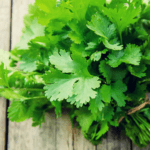
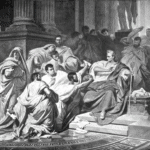
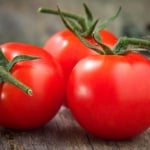
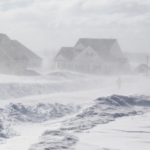
Base, packed powder
Aside from known pointedly meteorological terms, ‘Fluff’ referring to a grouping of snow flakes falling in conditions right for grouping together, perfect for a good ‘white out’.
You forgot “dry” and “wet” snow
How much snow is predicted for Westcliffe Colorado
You forgot Avalanche/
Thundersnow
Onion snow…. a term used here in Pa. (Linda Arnold)
we used to have two terms for new snowfall…is it sticking?..is it laying?…please research and define these for me…thanks…
I live in Colorado. Last Spring we had a long-lasting blizzard that the weather people called a “bomb cyclone.” Is that a real meteorological term? I had never heard it before. Sounds like a hyper-dramatical way of saying, a blizzard.
Thunder Snow..